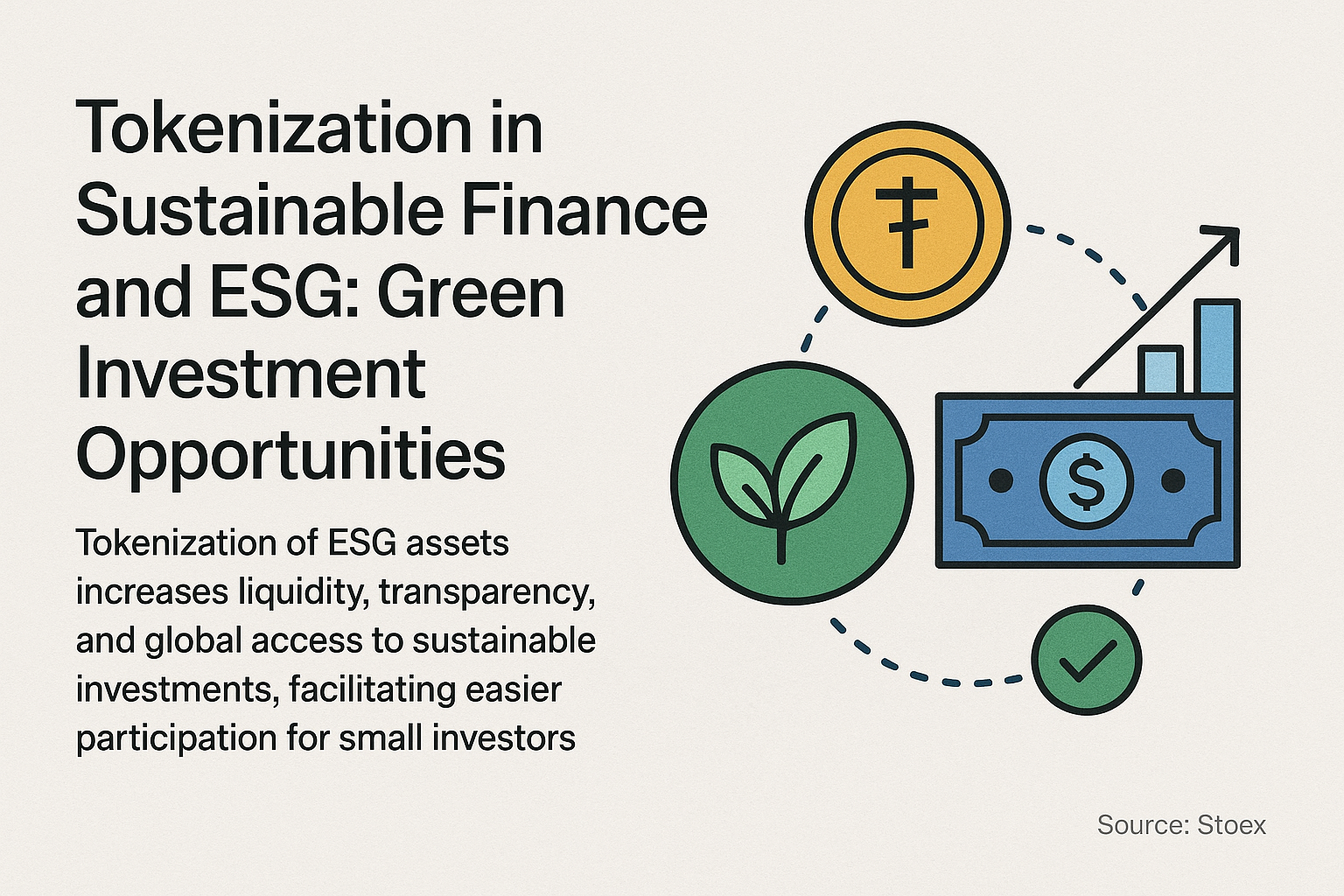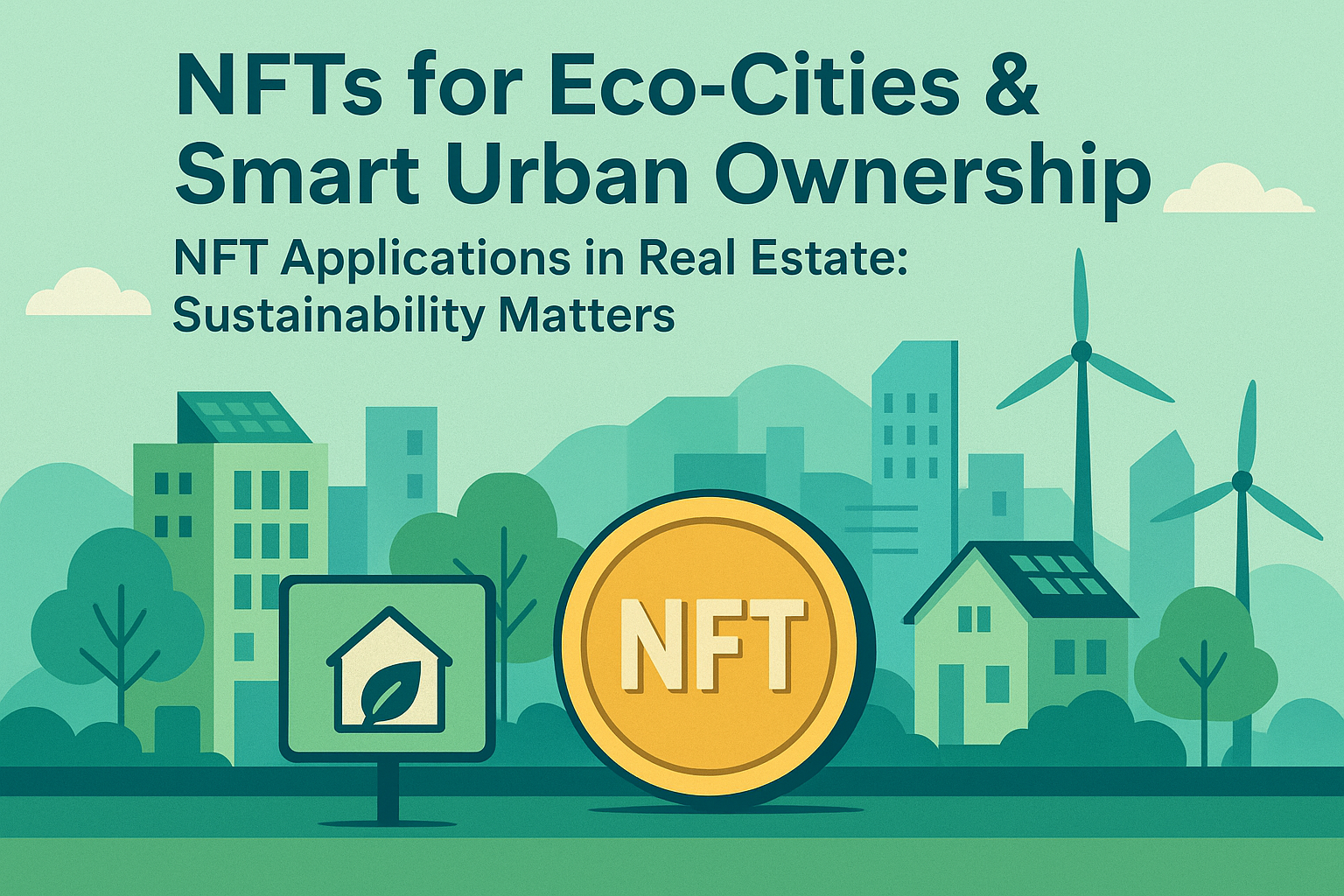In an ambitious step toward making Web3 more accessible and environmentally responsible, Mintology introduced its innovative “Eco Trail” green NFTs at the Singapore Sustainability Festival—a bold experiment in frictionless, eco-conscious digital ownership.
Unlike conventional NFTs that often require crypto wallets, gas fees, and high energy consumption, Mintology’s green NFTs offer a wallet-free, gas-less, and low-energy experience, giving sustainability advocates and everyday participants a taste of blockchain-powered digital assets without the carbon baggage. It’s Web3—without the weight.
Mintology’s Eco Trail: A New Path for NFTs
At the heart of this initiative lies a radically simplified NFT experience. Participants of the festival could mint a unique Eco Trail NFT in seconds, using only an email address or phone number—no MetaMask, no seed phrase, no prior crypto knowledge required. This frictionless approach removes the steep learning curve that’s long plagued Web3 adoption, especially among environmentally conscious audiences who may have been turned off by the high carbon cost of earlier blockchain models.
But Mintology didn’t stop at accessibility—it doubled down on sustainability. Built on energy-efficient infrastructure, the Eco Trail NFTs avoid the massive energy consumption typical of Proof-of-Work chains. In contrast, they utilize carbon-conscious networks and a gasless minting system, ensuring minimal environmental footprint.
“We wanted to show that digital ownership and sustainability can go hand in hand,” said a Mintology spokesperson. “By making NFTs approachable and eco-friendly, we’re opening up new ways for people to connect with sustainability on a personal level.”
Gamifying the Green Experience
The Eco Trail wasn’t just a passive collectible. Mintology gamified the journey, turning the festival grounds into an interactive experience. Visitors could unlock digital badges, scan QR codes, and complete sustainability-themed challenges, all while collecting NFTs that reflected their real-world participation.
This blend of on-site engagement and digital ownership created a feedback loop of motivation and reward. The more visitors participated in climate-positive actions—like learning about food waste or upcycling—the more NFT rewards they unlocked. These tokens weren’t speculative assets—they were proof of action, a badge of honor for making better choices.
Beyond the Festival: The Future of Green Digital Identity
While the Eco Trail was built for the festival, the implications reach far beyond. The success of this initiative raises compelling questions about the future of digital identity, loyalty programs, and civic engagement in a climate-aware world.
Could we see green NFTs as digital credentials in the future? Proof that you attended a cleanup event, took a public transport challenge, or supported a local eco-brand? Mintology’s work suggests we’re just beginning to scratch the surface.
Why This Matters
NFTs have been controversial. While they’ve opened new doors for art, ownership, and community, they’ve also drawn criticism for energy usage and exclusivity. What Mintology has done is reclaim the narrative, aligning blockchain with accessibility, sustainability, and real-world value.
The Singapore Sustainability Festival was the perfect testing ground—a place where innovation meets impact. And Mintology delivered a case study in how digital tools can support environmental awareness rather than undermine it.




